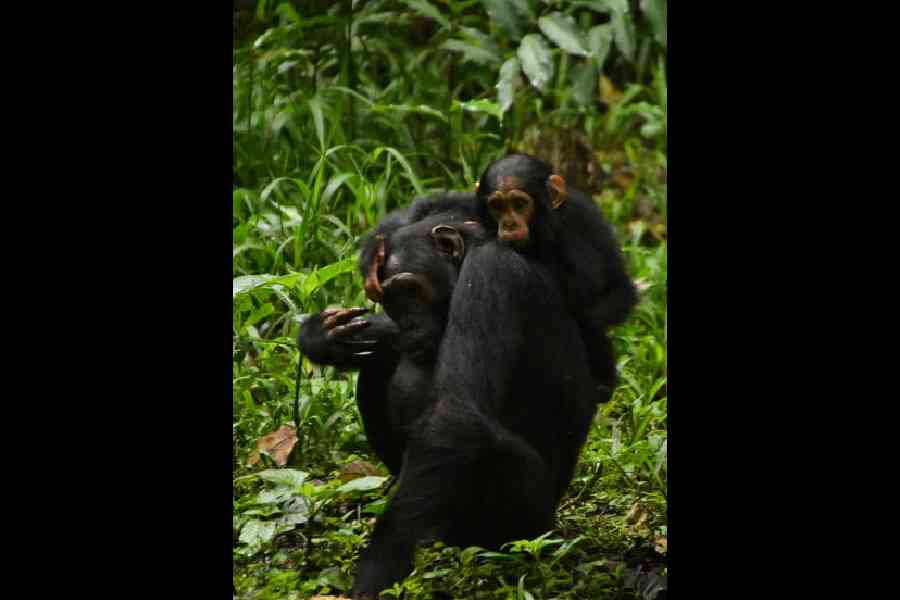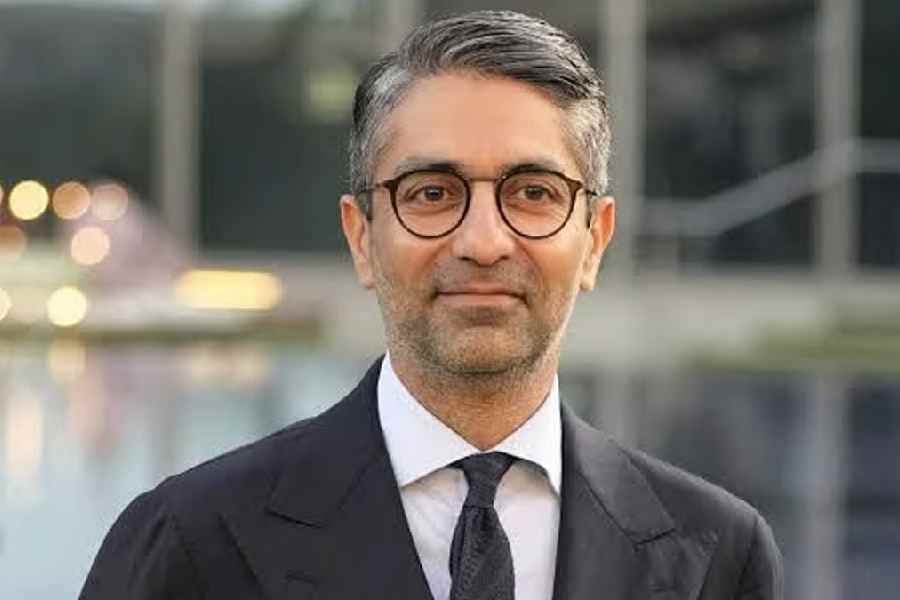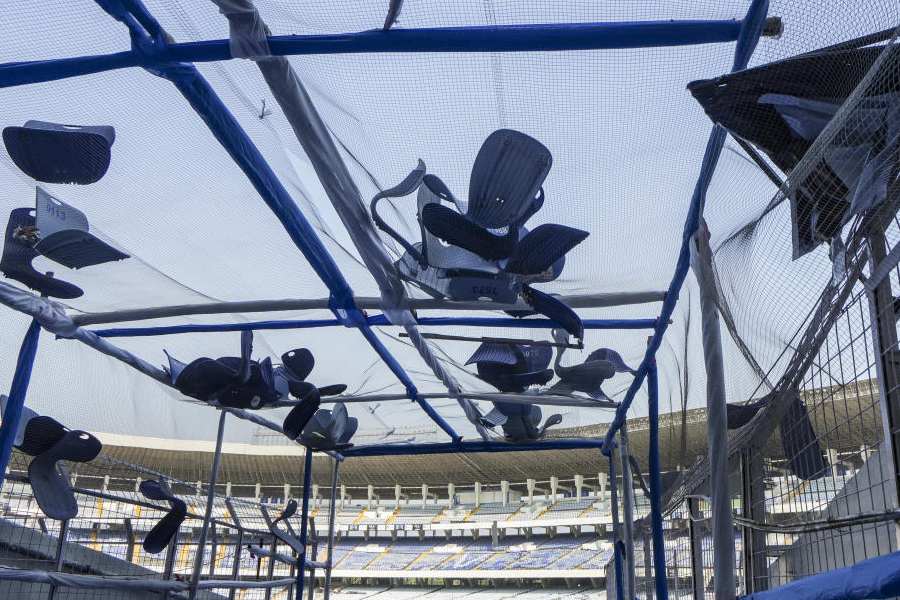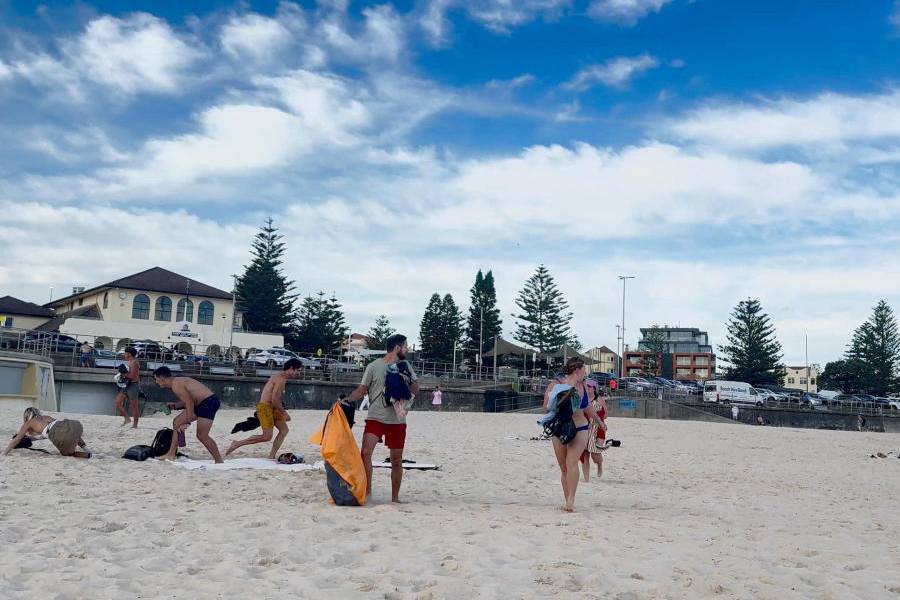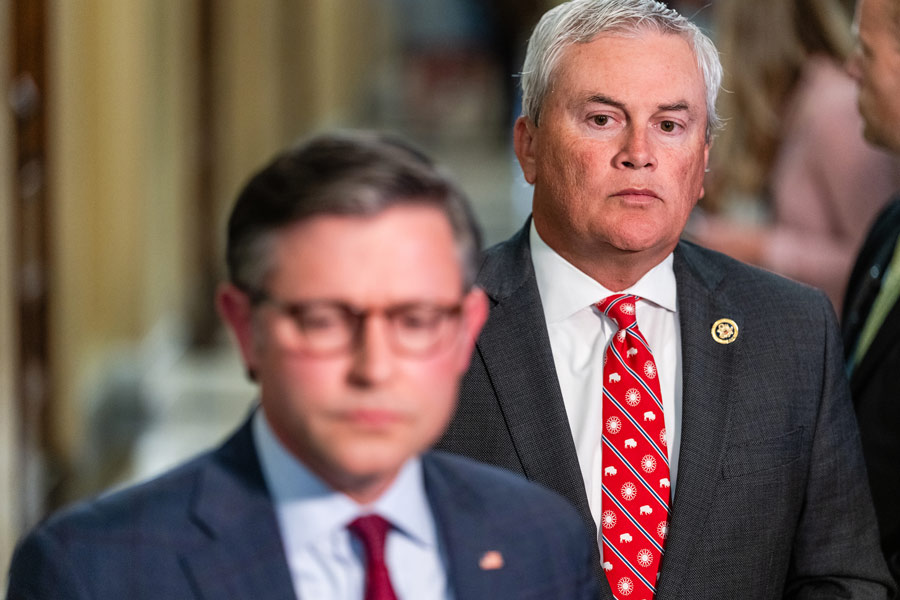Parents and their children, or people who know each other well, often share some expression that is unique to them — a phrase or gesture that began by happenstance but gradually acquired a meaning that only they know.
The same is true of Beryl, a chimpanzee living in Kibale National Park, in Uganda, and her young daughter, Lindsay. When Lindsay wants to climb on her mother’s back and travel, she puts one hand over Beryl’s eye — a gesture that no other chimpanzee is known to make. It’s their own private sign.
Bas van Boekholt, a primatologist at the University of Zurich in Switzerland, first noticed the gesture in 2022 during his second field season at a chimpanzee community in Kibale called Ngogo. Of particular interest to van Boekholt is chimpanzee communication, especially gestures. Chimps have a rich repertoire of them, which they use in ways that might not technically qualify as language but are certainly language-like. More than 80 gestures have been translated, including a palm-up, arm-extended request for food; a loud, long scratch that invites grooming; and a two-footed stomp that means “Stop that!”
When van Boekholt saw Lindsay placing her hand over Beryl’s eye, “it was quite obvious that she was doing this to travel”, he said. No such gesture had previously been documented.
Van Boekholt and his colleagues reviewed recordings that were made before he arrived at Kibale. The recordings showed that Lindsay started making the hand-on-eye signal when she was about three and a half years old. At first, the gesture did not serve as a request to climb aboard her mother’s back and depart; that started at around four and a half years of age.
Several young chimps in their community were also seen making the gesture, but none did so with regularity or the same intent.
The researchers don’t know how Lindsay and Beryl’s unusual exchange came to be but they have a theory. Like any dexterous toddler, Lindsay would have moved her hands around while riding her mother’s back — but Beryl is missing an eye. When Lindsay inevitably covered the good one, she was bound to elicit a response.
Perhaps this led Lindsay to repeat the action. As the interaction occurred again and again, it gradually took on meaning. What started as a way of messing with mom while riding became a symbol for the ride.
In a study published in the journal Animal Cognition, van Boekholt and his colleagues contextualised the chimps’ story within a continuing debate about the nature of chimpanzee gestures and, perhaps, the roots of human language.
Some researchers have suggested that the gestures of great apes are a fixed part of the species’ biological inheritance. If that were so, gestures would be a relatively limited, inflexible mode of communication — not much like language or human gestures at all. Since all chimps would draw upon the same inheritance, there would be no instances of what primatologists call “idiosyncratic” gestures, used only by one or two individuals.
Other scientists argue that social learning is paramount. This could entail watching and imitating the gestures of other chimps. It could also involve, through the informal back-and-forth that occurs when two individuals interact, the emergence of a shared understanding around a motion that was not originally communicative.
That would indeed be a more flexible, language-like system — and unique, idiosyncratic gestures would be expected to arise within it. Lindsay and Beryl’s hand-on-eye gesture seems to fit that bill. “We see that it’s not all hard-wired,” said Simone Pika, a co-author of the new study and an ethologist at Osnabrück University in Germany. “They are creating new signals.”
NYTNS

